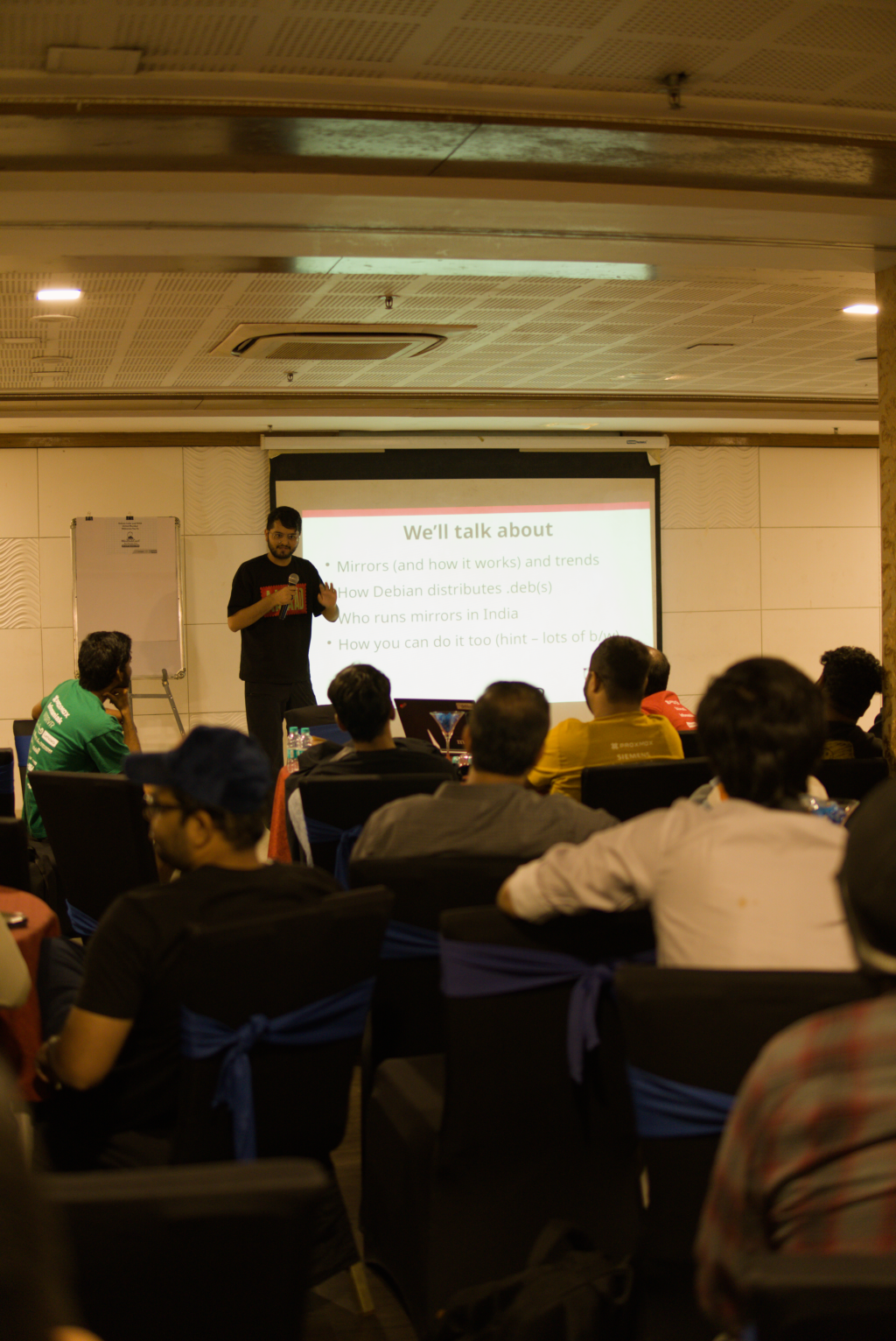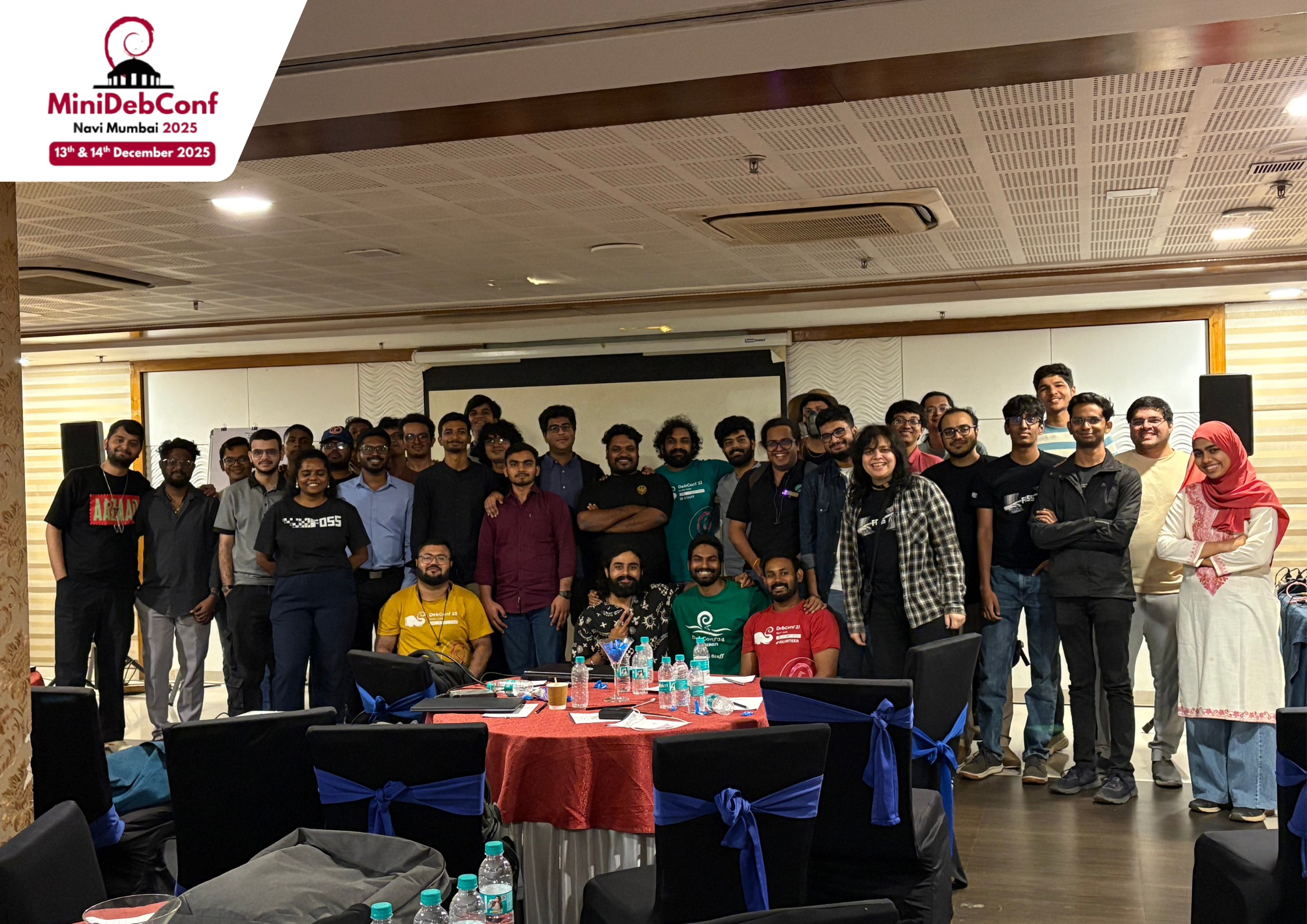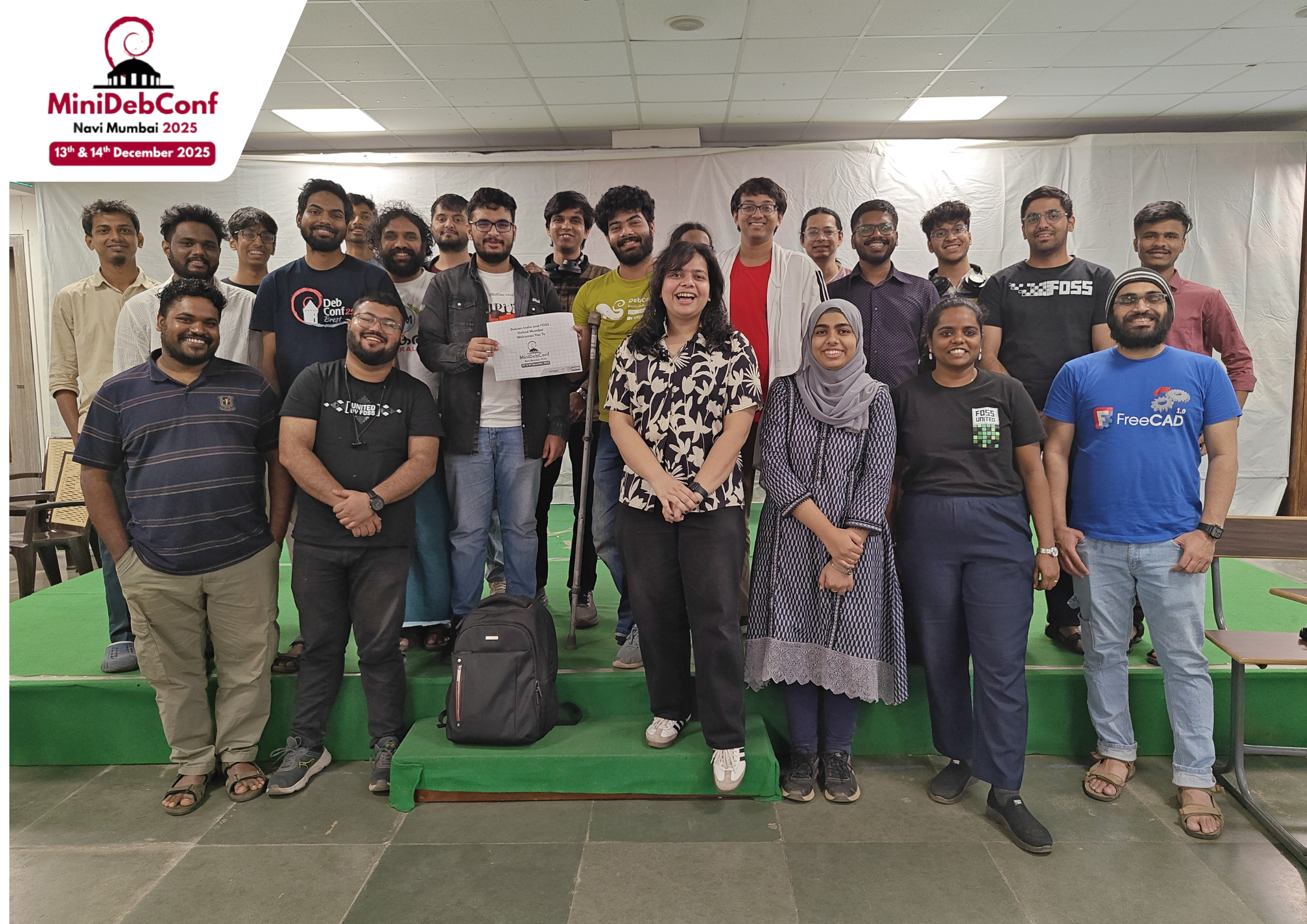21 Dec 2025
 Planet Debian
Planet Debian
Russell Coker: Links December 2025
Russ Allbery wrote an interesting review of Politics on the Edge, by Rory Stewart who sems like one of the few conservative politicians I could respect and possibly even like [1]. It has some good insights about the problems with our current political environment.
Wired has an interesting article about computer face recognition systems failing on people with facial disabilities or scars [3]. This is a major accessibility issue potentially violating disability legislation and a demonstration of the problems of fully automating systems when there should be a human in the loop.
The October 2025 report from the Debian Reproducible Builds team is particularly interesting [4]. "kpcyrd forwarded a fascinating tidbit regarding so-called ninja and samurai build ordering, that uses data structures in which the pointer values returned from malloc are used to determine some order of execution" LOL
Louis Rossman made an insightful video about the way that Hyundai is circumventing Right to Repair laws to make repairs needlessly expensive [6]. Korean cars aren't much good nowadays. Their prices keep increasing and the quality doesn't.
Brian Krebs wrote an interesting article about how Google is taking legal action against SMS phishing crime groups [7]. We need more of this!
Josh Griffiths wrote an informative blog post about how YouTube is awful [8]. I really should investigate Peertube.
Louis Rossman made an informative YouTube video about Right to Repair and the US military, if even the US military is getting ripped off by this it's a bigger problem than most people realise [9]. He also asks the rhetorical question of whether politicians are bought or whether it's a "subscription model".
Brian Krebs wrote an informative article about "free streaming" Android TV boxes that act as hidden residential VPN proxies [11]. Also the "free streaming" violates copyright law.
Linus Tech Tips has an interesting interview with Linus Torvalds [14].
Interesting video about the Kowloon Walled City [15]. It would be nice if a government deliberately created a hive city like that, the only example I know of is the Alaskan town in a single building.
- [1] https://tinyurl.com/2czzxp77
- [2] https://tinyurl.com/22k6yo6s
- [3] https://tinyurl.com/29fg9ses
- [4] https://reproducible-builds.org/reports/2025-10/
- [5] https://www.youtube.com/watch?v=YAx3yCNomkg
- [6] https://www.youtube.com/watch?v=uv9jAQ_MiK0
- [7] https://tinyurl.com/276qmbuh
- [8] https://tinyurl.com/2bhp6sa2
- [9] https://www.youtube.com/watch?v=C0LmjzXV7IA
- [10] https://tinyurl.com/22pgz36h
- [11] https://tinyurl.com/2xveozvd
- [12] https://tinyurl.com/2bjs4g2j
- [13] https://tinyurl.com/2bsh3wbt
- [14] https://www.youtube.com/watch?v=mfv0V1SxbNA
- [15] https://www.youtube.com/watch?v=hoNclh1K_zY
- [16] https://tinyurl.com/29opfj43
21 Dec 2025 6:42am GMT
20 Dec 2025
 Planet Debian
Planet Debian
Sahil Dhiman: MiniDebConf Navi Mumbai 2025
MiniDebConf Navi Mumbai 2025 which was MiniDebConf Mumbai, which in turn was FOSSMumbai x MiniDebian Conference, happened on 13th and 14th December, 2025, with a hotel as Day 1 venue and a college on Day 2.
Originally planned for the 8th of November, it got postponed to December due to operational reasons. Most of the on-ground logistics and other heavy lifting was done by Arya, Vidhya, MumbaiFOSS, and the Remigies Technologies team, so we didn't had to worry much.
This time, I gave a talk on Basics of a Free Software Mirror (and how Debian does it) (Presentation URL). I had the idea for this talk for a while and gave a KDE version of it during KDE India Conf 2025. The gist was to explain how Free Software is delivered to users and how one can help. For MDC, I focused a bit on Debian mirror network(s) and who else host mirrors in India and trends.

Credits - niyabits. Thanks for the pictures
At the onset someone mentioned my Termux mirror. Termux is a good project to get into mirror hosting with. I got into mirroring with it. It has low traffic (usually less than 20 GB/day) demands with a high request count and can be done on an existing 6 USD Digital Ocean nodes. Q&A time turned out more interesting than I anticipated. Folks touched upon commercial CDNs instead of community mirrors, supply chain security issues, and a bit of other stuff.
We had quite a number of interesting talks and I remember when Arya was telling me during CFP time, "bro we have too many talks now" :D.
Now, preparations have already started for MiniDebConf Kanpur 2026, scheduled for March 14th and 15th at the IIT campus. If you want to help, see the following thread. See you in the next one.


20 Dec 2025 5:05pm GMT
19 Dec 2025
 Planet Debian
Planet Debian
Kartik Mistry: KDE Needs You!

* KDE Randa Meetings and make a donation!
I know that my contributions to KDE are minimal at this stage, but hey, I'm doing my part this time for sure!
19 Dec 2025 1:44pm GMT